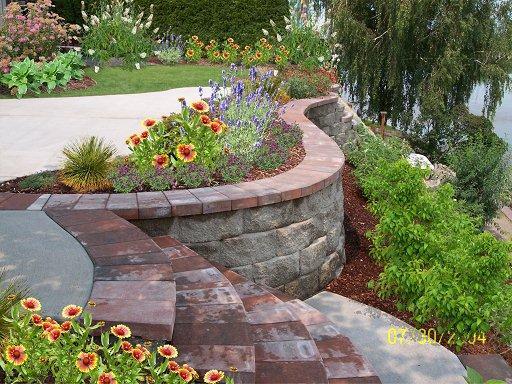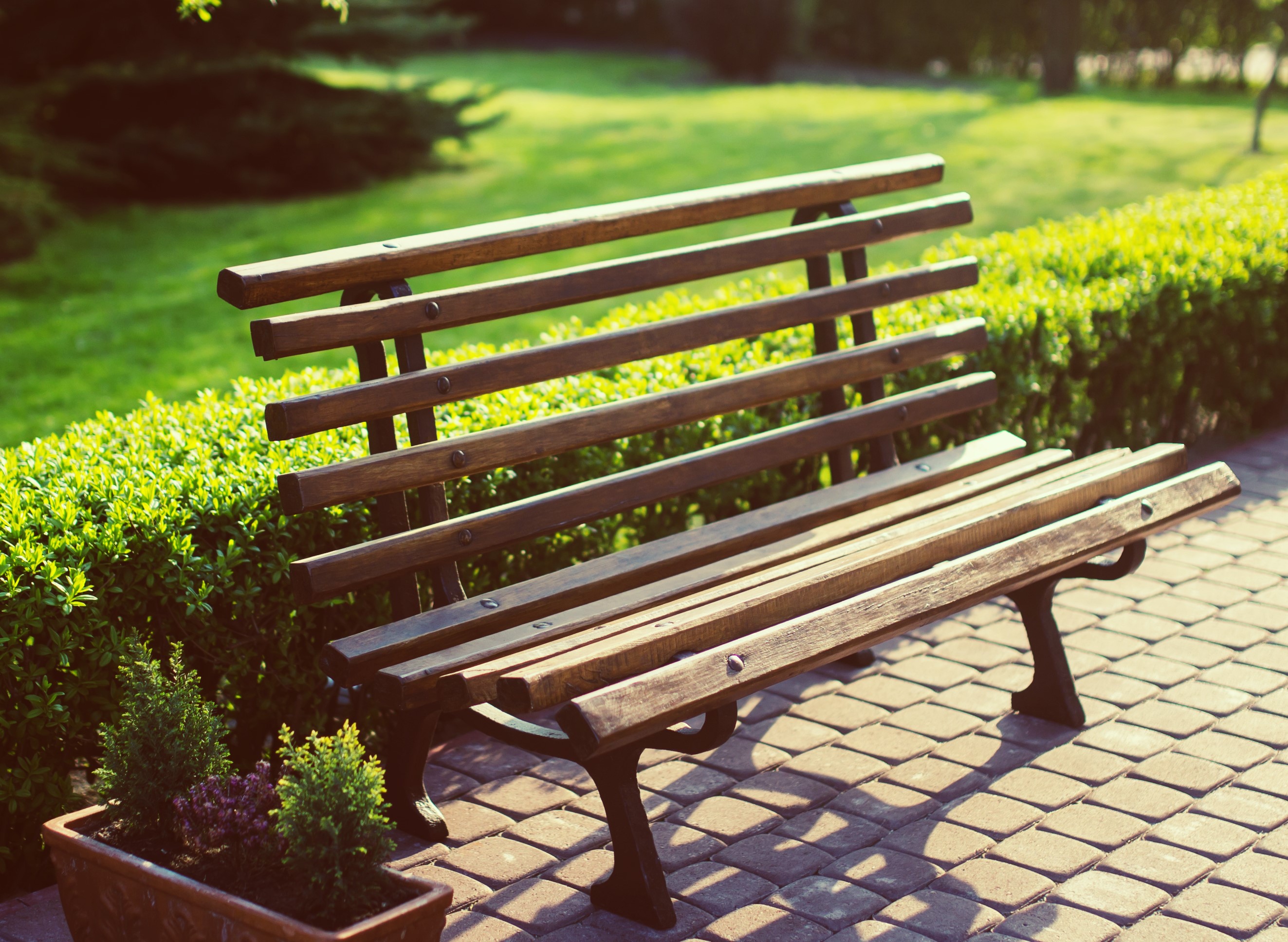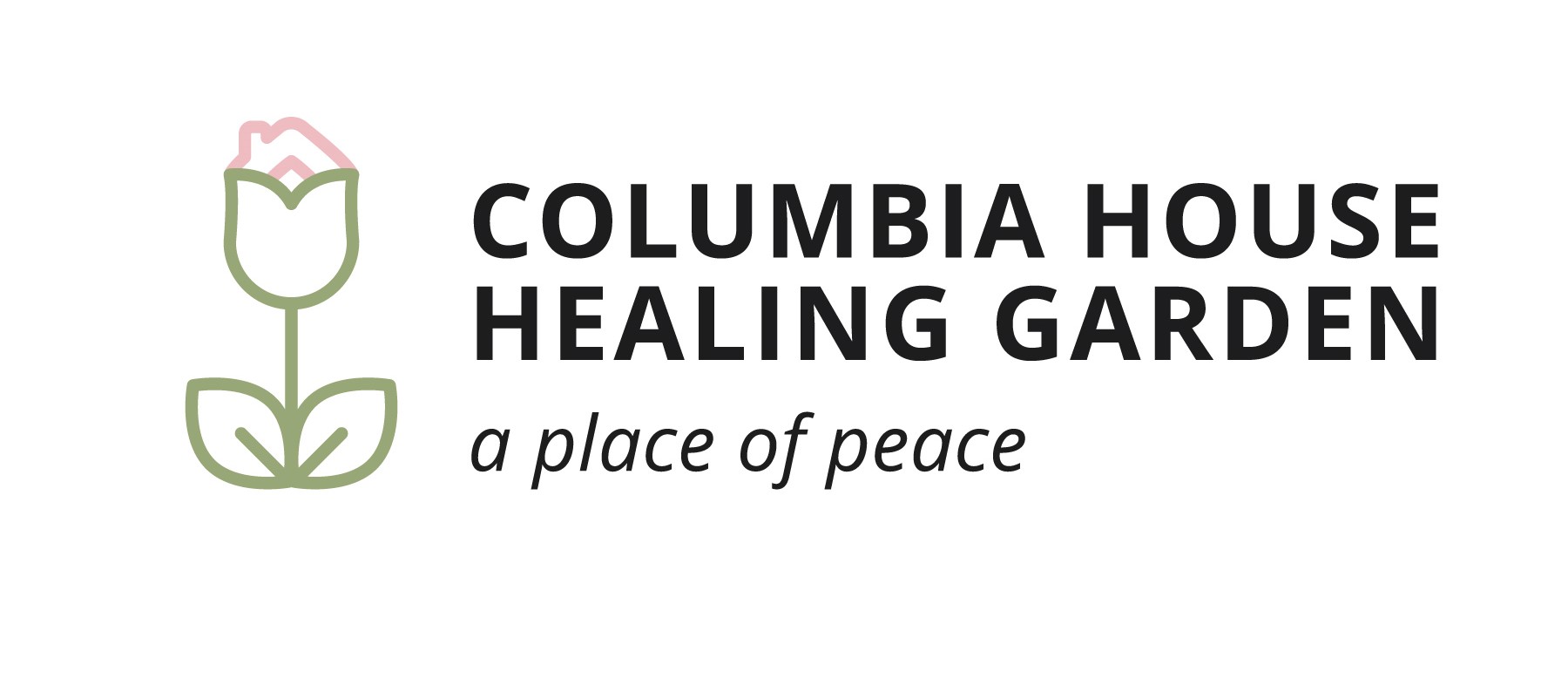What is a Healing Garden


No one wants to take up residence in a nursing home. It is seen as the last stop. It is, after all, institutional care. Columbia House Enhancement Society’s proposed Healing Garden is meant to change the paradigm regarding long term care to one of greater warmth and compassion, at least for the summer months. We enjoy a long spring, summer and fall in this valley.
The garden, which is contiguous with Columbia House, is an easily accessed and desirable destination, a place to explore, stimulate the senses and relax. It will be functional and therapeutic, as well as stunningly beautiful.
The goal is to get all residents outside for one hour per day to enjoy the fresh air and sunshine. The Healing Garden is for everybody-residents, families, staff and the community at large.
Interior Health supported our vision and plan to convert 2 acres of land to a Healing Garden. The Healing Garden has now become a beautiful reality thanks to our generous donors.
Would you help us maintain and grow the garden?
Benefits for Columbia House Residents
The residents of Columbia House are the primary benefactors of the Healing Garden. The need to enhance the quality of living for the residents, is the inspiration for this garden. The families benefit as well, each visit to a loved one isa now an adventure, a real visit!. The spill-over effect of having a garden connected to the hospital benefits the staff and patients, providing them with an easily accessible area for them to relax and rejuvenate. The garden provides the means for everyone to become more enlightened and involved in the health of our community.
History of Healing Gardens
Healing Gardens are not new. Religious monasteries, which maintained large vegetable gardens, plus gardens for herbs and medicinal plants, have always looked after the sick and the poor. Florence Nightingale insisted that the wounded soldiers in the Crimean War be taken outdoors. She advocated that fresh air, sunlight and the view were matters of first importance to the sick and wounded, and that they never be in their bedrooms, except when sleeping during the hours of darkness. She also mentioned in her notes that the view through a window was extremely important.
In the 1800s, hospitals had gardens that supplied the hospital with food for patients and staff. Often the patients helped with the labour, if they were able. TB Sanatoriums often were located in the countryside, or in the mountains, to take maximum advantage of fresh air, sunshine and peaceful surroundings, while still isolating the patients.
By the mid1900s, with the advent of antibiotics, the emphasis became one of infection control. Hospital institutions became closed systems with air conditioning, windows that cannot be opened, florescent light and sterile atmospheres. Priority was given to functional efficiency and new medical technology.
